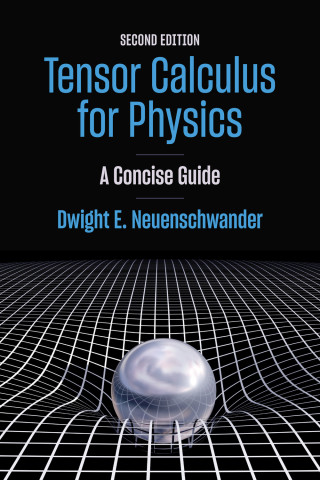
Reviews
Parker grew up a mechanic's son and is as comfortable discussing gear sets and weight transfer as he is explaining the formula for determining the force of drag on a vehicle at any given speed. You don't need to be an engineer to read and enjoy Parker's often entertaining book that covers everything from the basics of engines and electronics to crashes and congestion. And after learning about Wd=Fh/R, you will likely be a better driver. RATING: Three and 1/2 [out of four] helmets.
Parker's entertaining book is not a heavy tome replete with complex mathematical formulas—nothing more complex than high school physics. What The Isaac Newton School of Driving answers is the annoying complaint every teacher or parent hears from a teenager: 'I'll never use all this (insert expletive) in real life!'.
Contains examples of practical technology that would certainly enhance and extend many courses... written in a lighthearted manner that is successful and appealing.
A comprehensive look at the fundamental elements of the driving experience... The author enlivens many difficult concepts with clear, comfortable explanations... Whether a reader is looking for simple applications or the physics of high performance racing vehicles, this book will make any reader pause and think about the science of their car and driving.
Barry Parker has written an intriguing book... The Isaac Newton School of Driving has a definite flair and keeps the reader interested.
The discussions are clear and the physics is correct.
Parker writes with authority and humor about the expensive machines none of us can survive without for long. For high-school students Ph.D.'s, and anyone who wants to know how cars really work, this is an excellent book.
At last, a book about cars that goes beyond the usual basics and right into the heart of the matter. Barry Parker lucidly covers an impressive range of topics related to cars and driving, from engines and aerodynamics to traffic jams and futuristic trends. In it I learned more about my own vehicle than by reading the owner's manual! This book will surely find a wide audience.
The Isaac Newton School of Driving has provided a wonderful overview of all the things that have to happen to get you there and back again safely. From the intricacies of the internal combustion engine to the dangers of head to head collisions, Barry Parker provides a great resource for automobile fans who want to understand science, and vice versa.
Book Details
Chapter 1. Introduction
Chapter 2. The Open Road: Basic Physics of Driving
Chapter 3. All Revved Up: The Internal Combustion Engine
Chapter 4. When Sparks Fly: The Electrical System
Chapter 5. "Give
Chapter 1. Introduction
Chapter 2. The Open Road: Basic Physics of Driving
Chapter 3. All Revved Up: The Internal Combustion Engine
Chapter 4. When Sparks Fly: The Electrical System
Chapter 5. "Give 'em a Brake": Slowing Down
Chapter 6. Springs and Gears: The Suspension System and the Transmission
Chapter 7. What a Drag: Aerodynamic Design
Chapter 8. A Crash Course: The Physics of Collisions
Chapter 9. Checkered Flags: The Physics of Auto Racing
Chapter 10. Rush Hour: Traffic and Chaos
Chapter 11. The Road Ahead: Cars of the Future
Chapter 12.
Epilogue: The Final Flag





